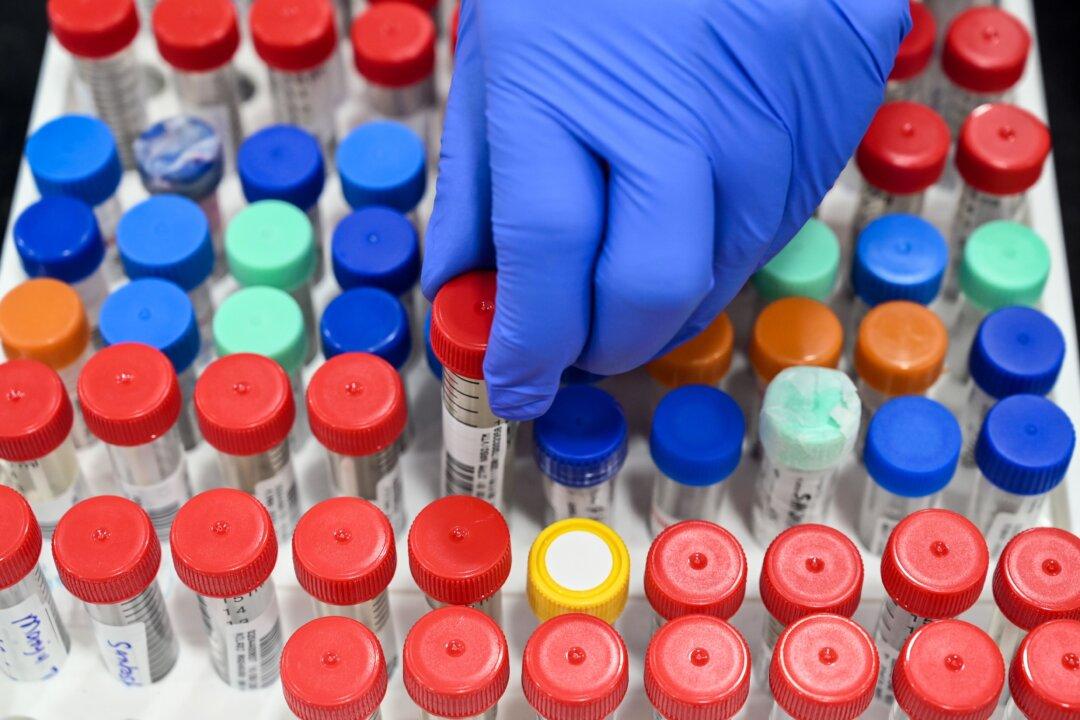Commentary
While many things elevated the COVID-19 pandemic from mere disease into a world-altering narrative—statistics, media hype, the visuals of masking, lock-downs, etc.—the saga essentially rested on two basic metrics: Determining the scale of the outbreak measured predominantly by PCR tests and “COVID deaths” driving understanding of the disease’s severity as captured through death certificates.





